Introduction
Wild matsutake mushrooms, scientifically known as Tricholoma matsutake, are highly esteemed for their unique aroma, rich flavor, and nutritional benefits. These elusive fungi thrive in the natural forests of Japan, China, and parts of North America, where they form a symbiotic relationship with pine trees. Harvesting wild matsutake is a delicate process, often involving experienced mushroom hunters who recognize the subtle signs indicating the presence of these precious gems beneath the forest floor. Once found, preserving the freshness of wild matsutake mushrooms becomes paramount to retaining their exquisite taste and texture until they are ready to be enjoyed. This article delves into the various techniques and tips for storing fresh wild matsutake mushrooms, ensuring that their delicate qualities are preserved for optimal culinary use.
Understanding the Characteristics of Wild Matsutake Mushrooms
Before discussing storage methods, it’s crucial to understand the unique characteristics of wild matsutake mushrooms. These mushrooms have a firm, dense flesh with a slightly rubbery texture when fresh. Their caps can range from convex to flat, often featuring a brownish-red to dark brown color with a velvety or scaly surface. The stems are typically thick and white, sometimes with a faint brownish tint. Wild matsutake mushrooms are renowned for their earthy, fragrant aroma that intensifies when cooked, making them a sought-after ingredient in gourmet cuisine.
Freshness is key when dealing with wild matsutake mushrooms. Unlike some other mushroom species, matsutake do not have a long shelf life once harvested. They are highly perishable and prone to spoilage if not stored properly. Therefore, immediate and careful handling is essential to maintain their quality.
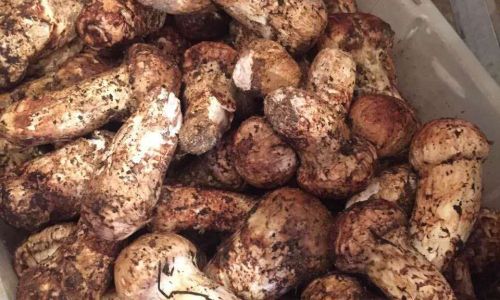
Initial Handling After Harvest
Upon harvesting, wild matsutake mushrooms should be handled with care to avoid damaging their delicate structure. Here are some initial steps to follow:
-
Gentle Harvesting: Use a sharp knife or spade to gently loosen the mushrooms from the ground, ensuring the root system remains intact as much as possible. Avoid twisting or pulling, which can damage the mushroom and reduce its shelf life.
-
Cleaning: Gently brush off any dirt or debris using a soft brush or cloth. Avoid soaking or rinsing matsutake mushrooms under water, as this can cause them to absorb excess moisture, leading to quicker spoilage.
-
Sorting: Separate the mushrooms by size and quality. Larger, firmer mushrooms with intact caps and stems are generally preferred for longer storage. Smaller or damaged mushrooms may be used immediately or processed differently.
Storage Techniques for Fresh Wild Matsutake Mushrooms
Maintaining the freshness of wild matsutake mushrooms involves several effective storage techniques. Each method has its own set of advantages and considerations, depending on the intended duration of storage and the desired use of the mushrooms.
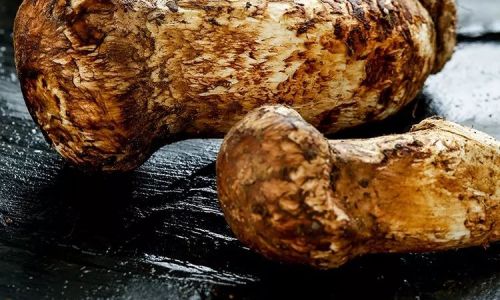
Refrigeration
Refrigeration is the most common and straightforward method for short-term storage of fresh wild matsutake mushrooms. Here’s how to do it:
-
Paper Towel and Plastic Bag Method: Place the mushrooms on a paper towel to absorb any excess moisture. Wrap them loosely in another paper towel and then place them in a plastic bag with a few small holes punctured for ventilation. This setup helps maintain humidity while preventing condensation.
-
Storage Container: Alternatively, use an airtight container lined with paper towels. Place the mushrooms inside, ensuring they are not overcrowded. Keep the container in the crisper drawer of your refrigerator, where humidity is higher.
-
Duration: Refrigeration can keep wild matsutake mushrooms fresh for up to 5-7 days. Check them regularly for signs of spoilage, such as sliminess, discoloration, or a strong, unpleasant odor.
Freezing
For longer-term storage, freezing is a viable option. However, it’s important to note that freezing alters the texture of the mushrooms, making them more suitable for cooked dishes rather than raw consumption.
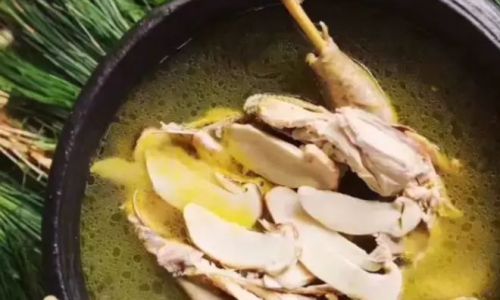
-
Preparation: Clean the mushrooms as described earlier. Slice or chop them into desired portions for easier handling once frozen.
-
Blanching: Blanch the mushrooms in boiling water for 2-3 minutes to halt enzymatic activity that can cause spoilage. Immediately plunge them into ice water to stop the cooking process and preserve color and texture.
-
Drying: Pat the mushrooms dry using paper towels to remove excess moisture. Excess water can cause freezer burn.
-
Freezing: Place the mushrooms in a single layer on a baking sheet lined with parchment paper and freeze until solid. Once frozen, transfer them to airtight freezer bags or containers, removing as much air as possible to prevent freezer burn.
-
Duration: Properly frozen wild matsutake mushrooms can be stored for up to 6-12 months.
Drying
Drying is another method to preserve wild matsutake mushrooms, although it significantly concentrates their flavor and alters their texture. Dried mushrooms are excellent for soups, stocks, and long-cooking dishes.
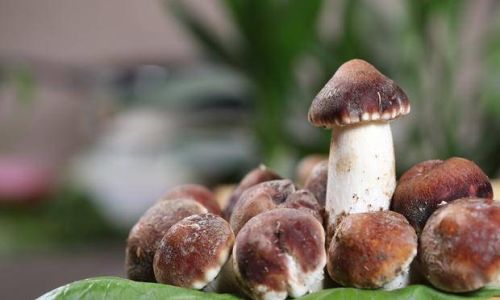
-
Dehydration: Use a food dehydrator or an oven set to a very low temperature (around 150°F or 65°C). Slice the mushrooms thinly to ensure even drying.
-
Monitoring: Dry the mushrooms until they are completely brittle and have lost all moisture. This can take several hours to a day, depending on the drying method and thickness of the slices.
-
Storage: Store dried wild matsutake mushrooms in an airtight container in a cool, dark place. They can be kept for several months to a year.
Vacuum Sealing
Vacuum sealing is an advanced method that extends the shelf life of fresh wild matsutake mushrooms by removing oxygen, which slows down spoilage.
-
Preparation: Clean and dry the mushrooms thoroughly.
-
Vacuum Sealing: Place the mushrooms in a vacuum seal bag and remove all air. For best results, use a commercial-grade vacuum sealer.
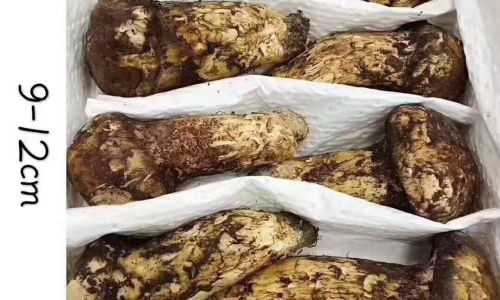
-
Storage: Store the vacuum-sealed bags in the refrigerator for up to 2 weeks or in the freezer for several months.
Conclusion
Preserving the freshness of wild matsutake mushrooms requires careful handling and appropriate storage techniques. Whether you choose refrigeration, freezing, drying, or vacuum sealing, each method has its unique benefits and considerations. By understanding the characteristics of wild matsutake mushrooms and following these storage guidelines, you can ensure that these precious fungi retain their exquisite taste and texture, ready to elevate your culinary creations. Remember, the sooner you consume wild matsutake mushrooms after harvesting, the better their quality and flavor will be. Enjoy the rich, earthy taste of these forest treasures and savor every bite!
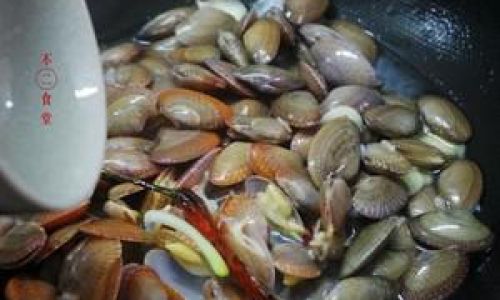
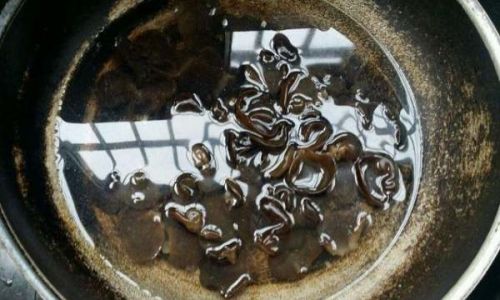

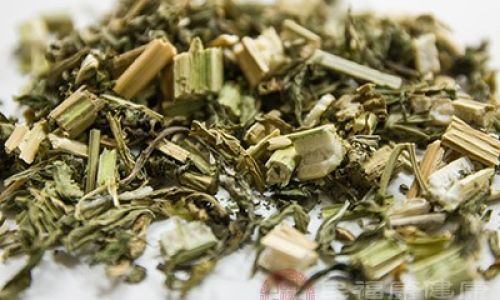


0 comments